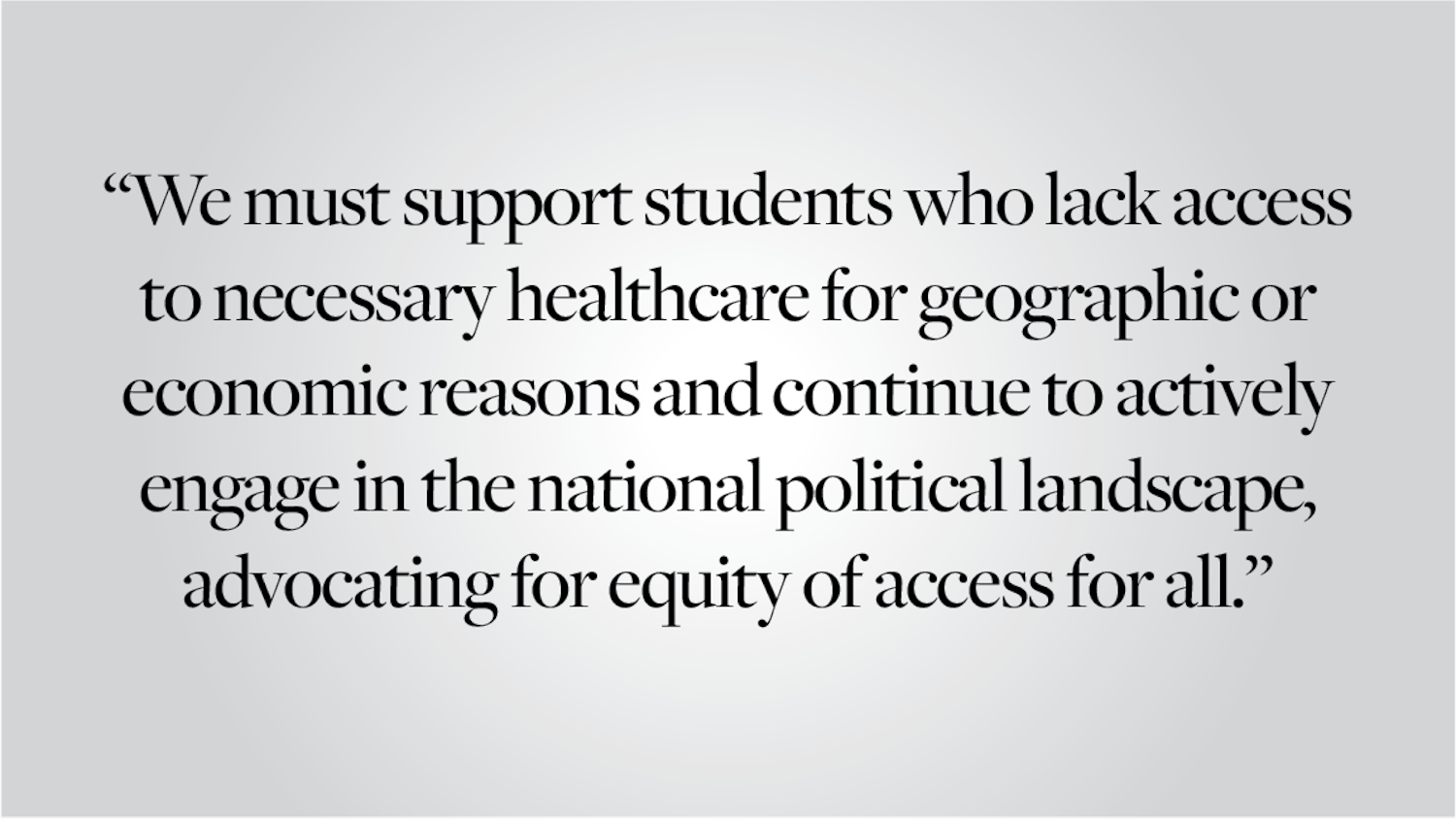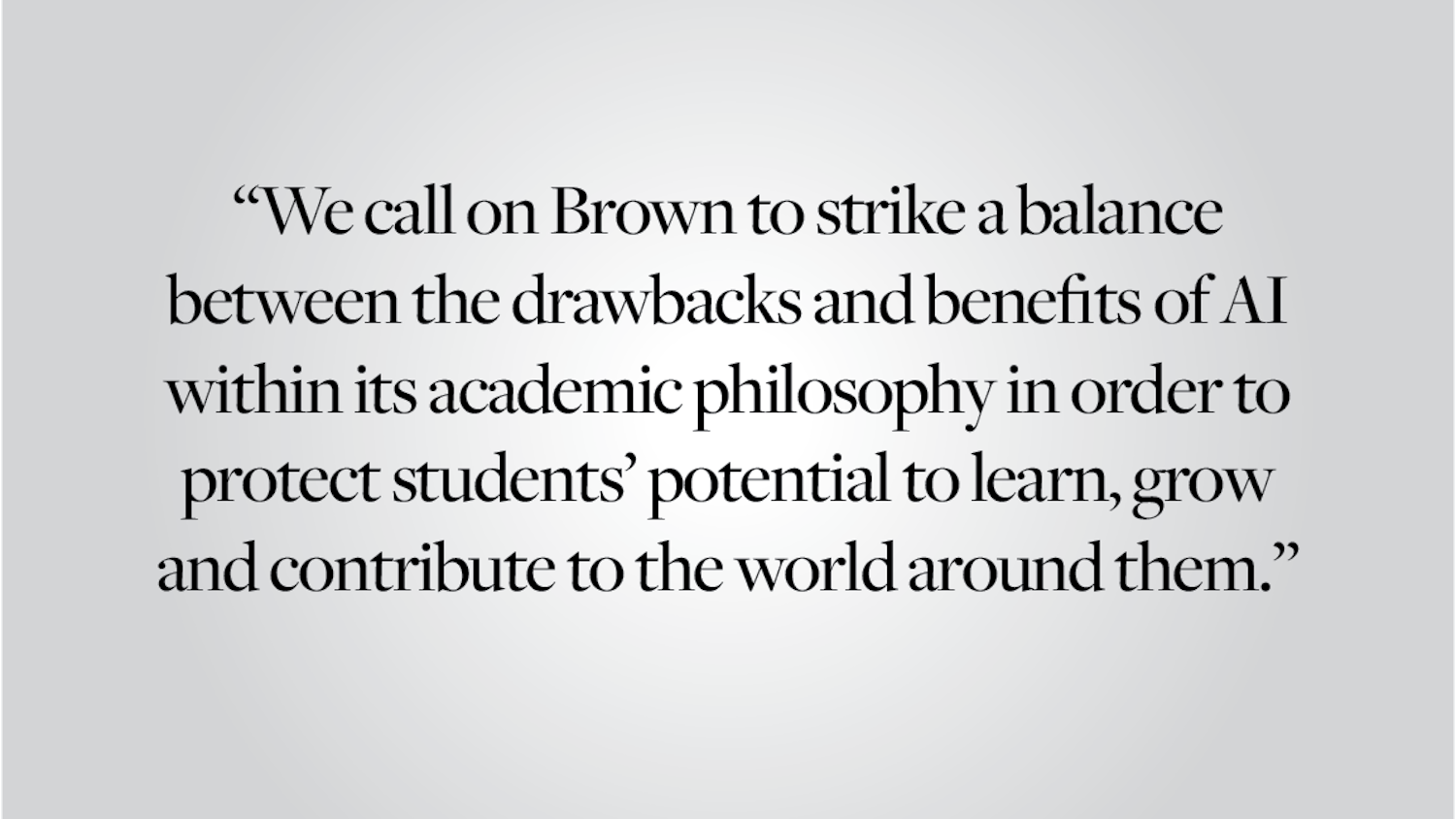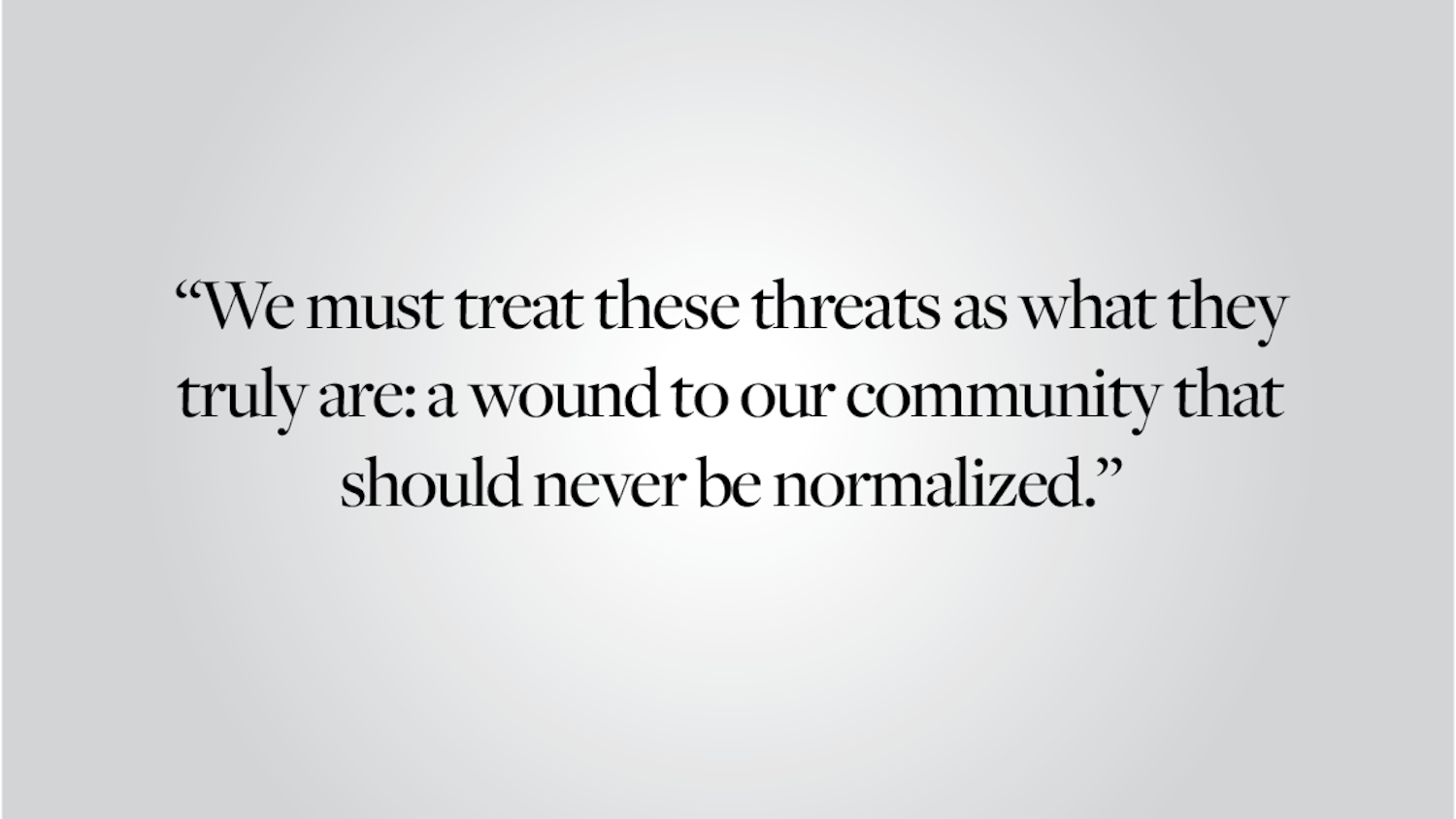Brown students would benefit from one centralized website and database that posted all the opportunities to participate in research on campus. While many services exist — SONA, the research participation network for the Department of Cognitive, Linguistic and Psychological Sciences; the Brown University Social Science Experimental Laboratory for economics; and even opportunities for modeling in the visual arts department — there is no one-stop shop, online service that aggregates all of this information in a single place.
Subscribing to BUSSEL is easy enough: It’s a huge listserv that sends out notifications every time there is a new study. SONA and similar online job posting services that require temporary student involvement do not send out emails to listservs. There are no subscription methods or email notifications to see what postings are live and when. There is no calendar view on SONA of study availabilities and their times, and SONA only sends reminder emails once students have signed up for a particular study. Prospective participants have to filter through each day to see what times are available.
Students and faculty members who conduct research thus often find themselves struggling to recruit participants, both for cash and for course credit, to complete their studies, even though many prospective participants would like some extra cash in their pockets. Brown’s Institutional Review Board does not permit certain kinds of advertising: Flyers for studies offering paid compensation may not display the amount of money in bold; researchers may not use food to solicit participants; Morning Mail announcements are also prohibited.
Furthermore, advertisements that are especially memorable could potentially contaminate the experiment at hand. If the poster is funny, it could alter one’s mood when going into an experiment, be it behavioral, biological or even physical. Posting on Facebook or social media would be equally inappropriate, as interactions with the post could generate an emotional response to the research.
If the research is non-behavioral research like a cheek swab, this sounds reasonable, but even economics and neuroscience research should be skeptical. Thorough scientific research would benefit from a methodical way to connect willing students with research participation and the money — or extra course credit — that it would provide. There is a demand, but a major force keeping the eager students from eager researchers is the absence of a platform that could clarify and manage what sort of studies an individual student would want to participate in.
If the Office of the Registrar coordinated with departments that request human subjects and overlaid students’ courses into a Google calendar attached to their email accounts, it could display which parts of students’ schedules were available for study participation in departments they chose. To preserve IRB guidelines, it could be made an opt-in calendar, not a default. Like any overlaid Google calendar, it could be muted or unsubscribed from. Using Workday or the Brown University Dining Services system as a model for scheduling would be useful but potentially inappropriate. Research participation is a voluntary commitment, not a paid job, and using a Google calendar tied to a Brown email would simplify the process for students to parse their schedules. The goal would be to meet a demand at greatest convenience to students — when they notice they have some time.
Students could then choose to have experiment schedules overlaid on their own Google calendars and get notifications of which studies worked on a given day. They could also filter it by department or by price and time commitment. Researchers and students would get what they wanted, and science would progress.
Editorials are written by The Herald’s editorial page board: its editors, Alexander Kaplan ’15 and James Rattner ’15, and its members, Natasha Bluth ’15, Manuel Contreras ’16, Baxter DiFabrizio ’15, Mathias Heller ’15 and Aranshi Kumar ’17. Send comments to editorials@browndailyherald.com.




